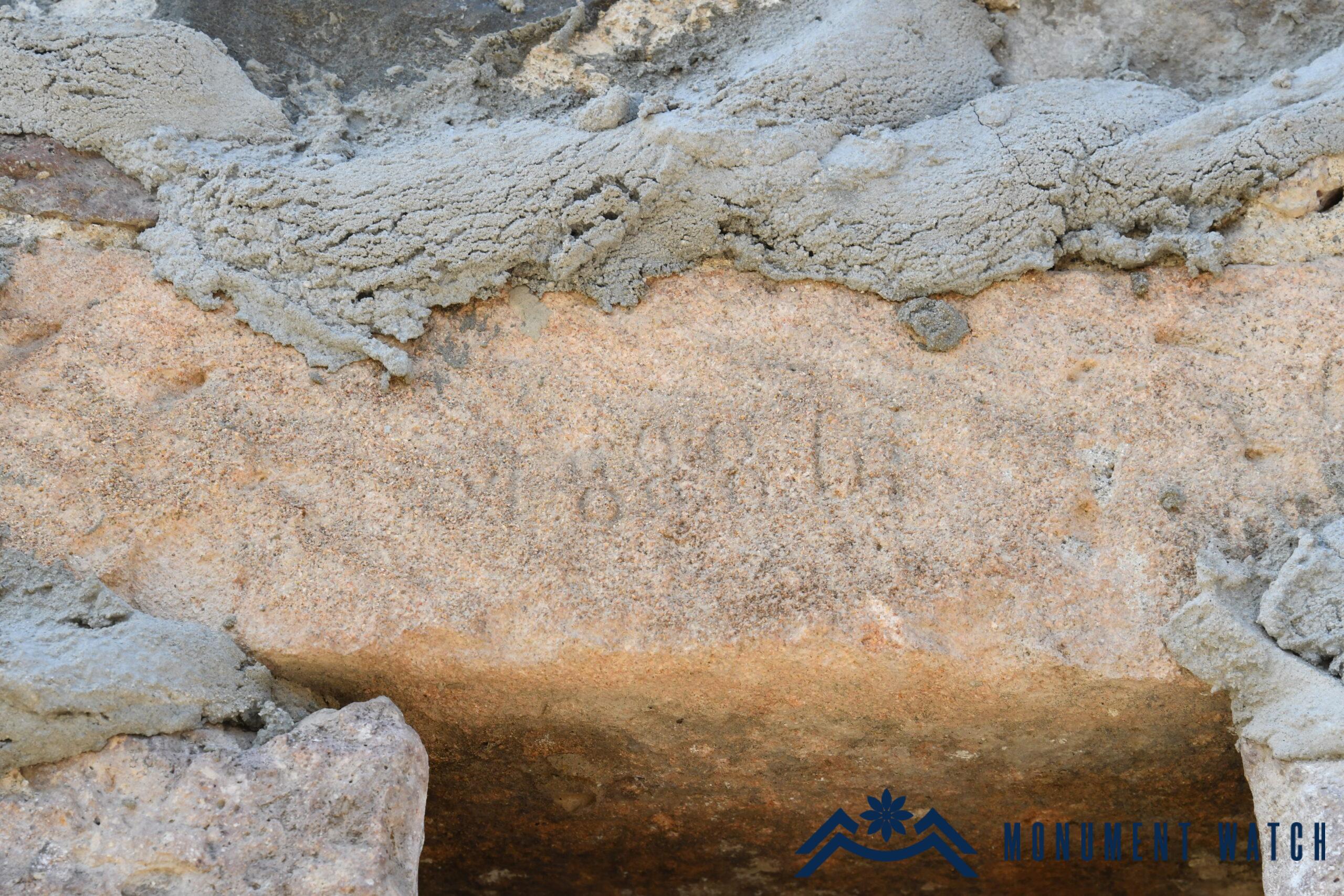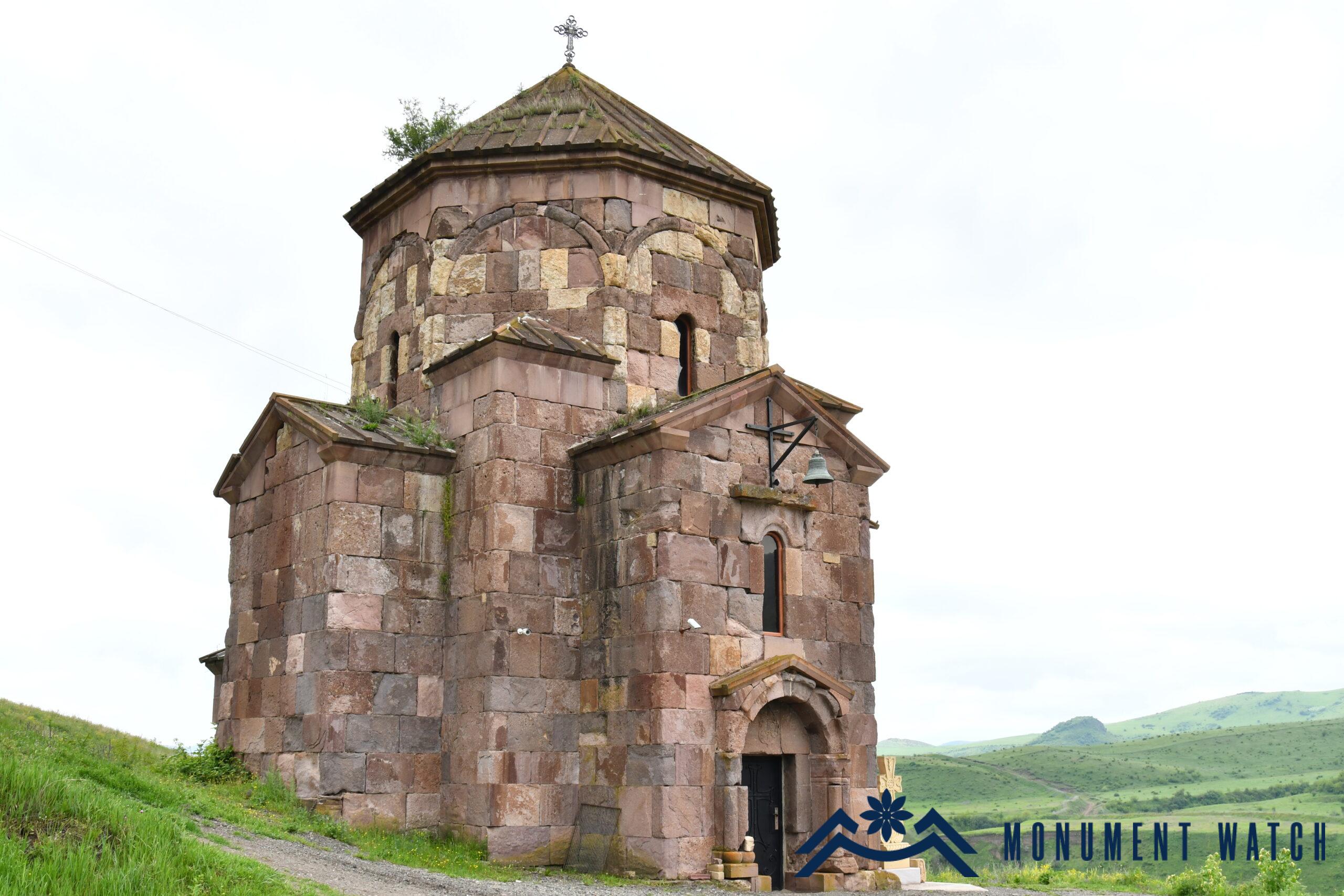Azerbaijani reactions to the renovation works of Kirants and Voskepar churches
For a considerable period, various Azerbaijani circles have referred to the eastern and southern regions of the Republic of Armenia as "Western Azerbaijan." This terminology underscores a broader narrative aimed at asserting historical and territorial claims over these areas.
An illustrative example of this stance was the "Return to Western Azerbaijan" festival held in Nakhichevan on November 23-24, 2023. This event was preceded by a conference titled "The Road to Western Azerbaijan” (https://t.me/zangezuravtonomia/47872?single). For instance, the exhibition titled "Western Azerbaijan in Cultural Memory" opened at the National Museum of Art in Azerbaijan on December 15th (https://t.me/AzeSputnik/52778). The TV channel "Western Azerbaijan" was inaugurated last year, joining numerous other platforms in the Azerbaijani media domain that already bore the name "Western Azerbaijan" https://oxu.az/society/759665. With these and other tools, the Azerbaijani propaganda machine endeavors to portray the territory of Armenia as historically Azerbaijani, propagate racial discrimination, and depict Armenian culture as having Albanian and Turkic (https://www.youtube.com/@QerbiAzerbaycanTV/videos, see details in the following articles: https://monumentwatch.org/en/alerts/the-organization-known-as-the-community-of-western-azerbaijan-has-appealed-to-unesco-urging-to-safeguard-the-cultural-heritage-of-western-azerbaijan/, https://monumentwatch.org/en/alerts/new-attempts-to-seize-historical-cultural-heritage-unveiled/, https://monumentwatch.org/en/alerts/azerbaijan-declares-yerevan-sevan-and-syunik-azerbaijani-heritage/, https://monumentwatch.org/en/alerts/another-manifestation-of-the-aggressive-policy-of-the-republic-of-azerbaijan/, https://monumentwatch.org/wp-content/uploads/2023/12/Text-and-Maps-in-Armenian.pdf ).
In this context, Azerbaijani media platforms often refer to monuments located in demarcated areas, and beyond, emphasizing their "Albanian origin" and alleging that traces of this origin are being erased by renovations conducted by the Armenian side https://www.adalet.az/az/posts/detail/mekrli-ermeni-plani-serhede-yaxin-mebedler-niye-tecili-temire-baglanir-1718180959. In the article, the Surb Erordutyun (Trinity) Church of Kirants village and Surb Astvatsatsin Church of Voskepar are referred to as "Albanian monuments," with specific mention that there are other monuments sharing the same "status."
The Church of Surb Erordutyun (Trinity) in Kirants village is a 19th-century three-nave basilica church constructed from local rough stone. Similar examples can be found in numerous settlements throughout the region, such as Surb Gevorg in Barekamavan and Surb Astvatsatsin in Achajur. During the Soviet era, the church was repurposed as a warehouse. Currently, restoration efforts are underway to return the structure to its original appearance.
One of the distinctive features of this monument is the three pairs of intact stone pillars that support the roof. An inscription dating the church to "1888" is preserved in the upper part of a window on the southern sacristy of the church. Adjacent to this date is a fragment of an Armenian inscription, with further details to be provided in the upcoming section dedicated to monitoring border monuments of the Republic of Armenia (https://monumentwatch.org/hy/%d5%a1%d6%80%d6%81%d5%a1%d5%ad%d5%ab-%d5%b0%d5%b8%d6%82%d5%b7%d5%a1%d6%80%d5%b1%d5%a1%d5%b6%d5%b6%d5%a5%d6%80%d5%ab-%d5%b4%d5%b7%d5%bf%d5%a1%d5%a4%d5%ab%d5%bf%d5%a1%d6%80%d5%af%d5%b8%d6%82%d5%b4/).
The Surb Astvatsatsin Central Dome Church of Voskepar dates back to the late 6th century to the early 7th century. It belongs to the "Mastara type" of early medieval Armenian church architecture, similar to structures such as Surb Hovhannes of Mastara, Surb Grigor of Harichavank, Surb Gevorg of Artik, and Arakelots of Kars. There are no surviving inscriptions on the structure. One of the notable features of this church is its cross compositions, where the crosses atop the dome, with anchor-shaped crossbeam, resemble carts or ship anchors. This distinctive architectural element can be observed in similar churches of the period (Petrosyan 2008, 39). In 1975-1977, the church underwent significant renovations. Currently, restoration works are planned for the roof of the structure (https://monuments.am/articles/832?type=news&fbclid=IwZXh0bgNhZW0CMTAAAR2Mmd5qkQwOnvhD88ZCiQhDQDRDWhVXAOJp5EsZB7Vz6Ll_aNVs4wQI-j0_aem_AV0UqfEf5pMiReuopvijeDu2or6dMQQYb0fLK6J_Szrhr4MFX827492lMZpABVr5e8Z1c3bX2un8sOyt37Bt2kWO).
The Azerbaijani "indictment" mentions the renovation of the Yereruyk temple, referring to it as "an old Turkic monument located on the left bank of the Arpacha river in the Agin region of Shorayal, Western Azerbaijan." It is outrageous to declare this early Christian temple a "Turkic monument". The temple, dating back to the 5th-6th centuries, is included in UNESCO's preliminary list of World Cultural Heritage and Europa Nostra's list of the Most Endangered Cultural Monuments. The strengthening and restoration project is being carried out through cooperation between the RA Ministry of Education and Culture and the US Embassy in Armenia, with funding from the Ambassador's "Fund for the Protection of Cultural Values" (https://escs.am/am/news/19236?fbclid=IwZXh0bgNhZW0CMTAAAR2cs2Ds6r5h1b3gp1er-BHZm8nYDQFVcad6VF948qFhf4WURcCv6xRzHqc_aem_AV2b07wTA3ApdNaRSI3RE9jcrfDEMcoboArYoLgJ5tsZR4bSoEKFbtT48Z1jGGvQjfT8b3Y8-JeMWrAUOoDTiN2b).
Our response
The policy pursued by Azerbaijan is progressively expanding its "Albanization" agenda, encompassing nearly all Christian monuments in Artsakh, Utik, and the eastern and southern regions of the Republic of Armenia. Through this approach, the Azerbaijani side is advancing its territorial, historical, and cultural ambitions concerning the territory of the Republic of Armenia, particularly its border regions, which are integral to the historical homeland and cultural heritage of the Armenian people. Such baseless assertions, continually propagated, lack any scientific foundation and are rooted in racial discrimination and the propagation of national animosity.


